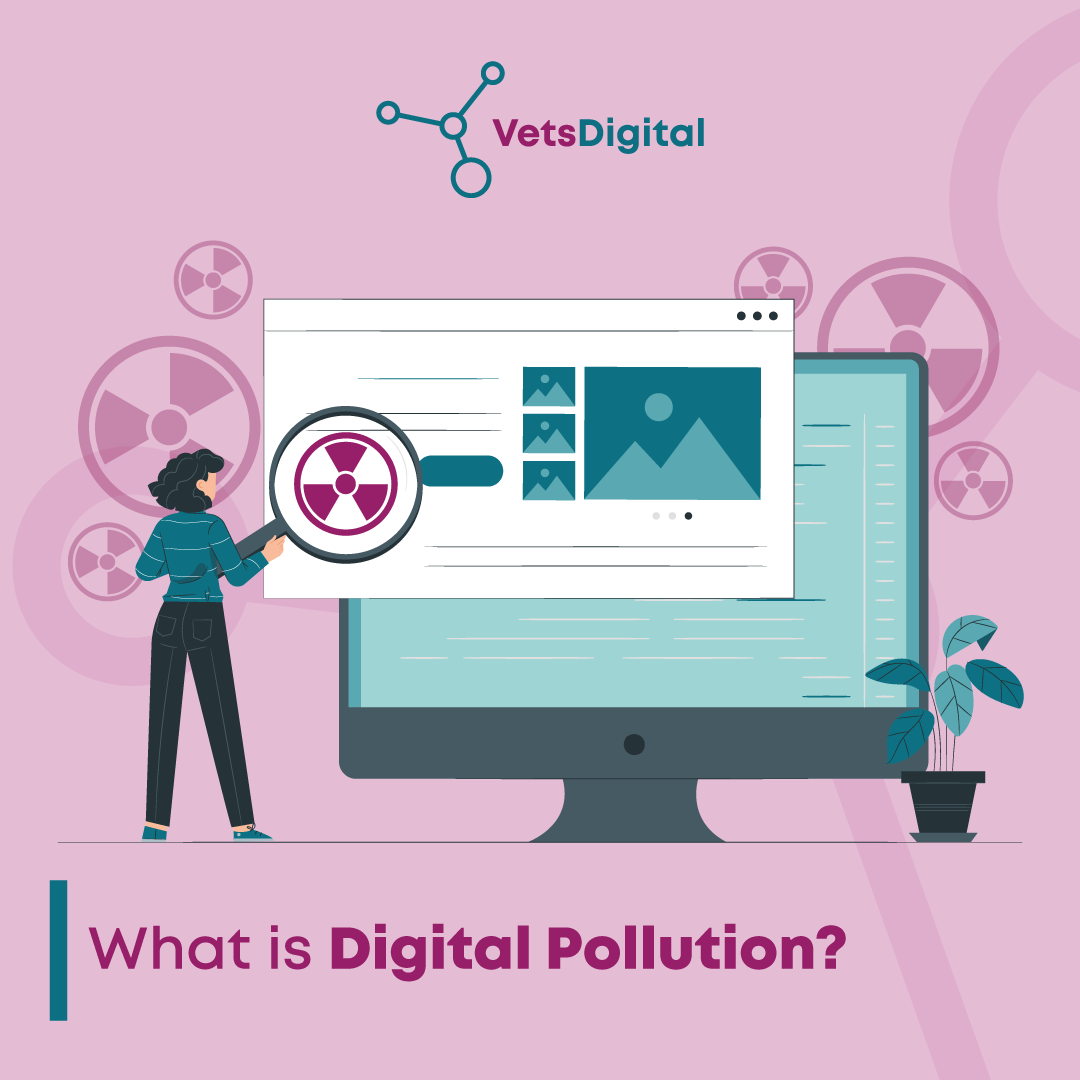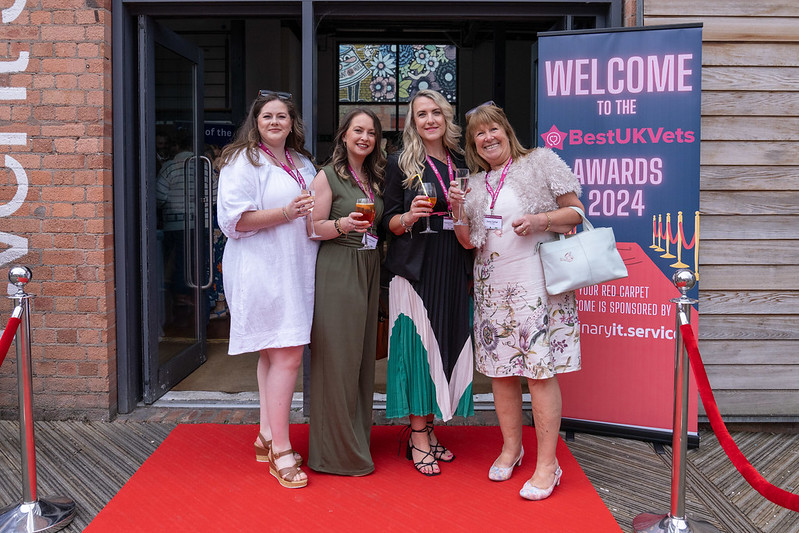News,
The Benefits of Investing In The Environment And How Your Veterinary Practice Can Get Started
Climate Change. Biodiversity Loss. Water Scarcity. Air Pollution. Ocean Plastic. Resource Waste. Social Inequality. Racial Discrimination. Gender Bias.
The list of social and environmental issues which must be overcome if the world is to be a safe, diverse, fair and prosperous place to live is extensive. If it is to be combatted, it must be tackled by governments, businesses and individuals – as it is only through united effort that success will be achieved. In short, the concept of sustainability – in which society can meet the needs of the present without compromising the needs of future generations– must be fully embraced by all.
However, in any business, whilst the will to take action is very often present (no one wants to bring about the destruction of this wonderful world), taking those first few steps to embed sustainability into the heart of a business’s decision-making and operational procedures can be a challenge, and even knowing where or how to start can seem like a mountain to climb.
There is no doubt that the veterinary sector, with its compassionate aims and close connections with the natural world, is demonstrating that will to respond, particularly concerning cutting carbon emissions, reducing natural resource use and waste, protecting biodiversity and creating a healthier, happier planet. However, the profession is also battling with the dual impacts of a huge growth in pet ownership twinned with the decline in workforce numbers.
How stretched staff members can take on the task of improving their organisation’s environmental performance, in addition to their current workload can be seen as a conundrum.
There are many business benefits of going green including cutting costs, raising your practice’s profile, attracting, engaging and retaining motivated staff, winning more clients, plus the satisfaction of doing good. Those that do it successfully are those who rewire their business to adopt environmentally protective processes as part of what they do, rather than ‘on top’ of what they do.
Added to those carrots (to use the old analogy) the RCVS’s recently introduced Environmental Sustainability Module of its Practice Standards Scheme also provides a stick to encourage action.
Getting Started
As with most large initiatives, breaking it down into smaller steps makes getting started much easier. The following actions will set your practice on its way to managing its environmental (and to a certain extent, social) impacts:
- Adopt an Environmental or Sustainability Policy – it should be signed off by senior members of staff and provides the foundation for sustainability performance improvement.
- Recruit a team from across the organisation who will help to introduce or improve environmental management.
- Review environmental aspects and impacts – consider which resources are being used by the practice, including the wider supply chain, and the impact on the environment of using them.
- Gather baseline data – measure the use of those resources, ideally from meter readings, mileage returns and invoices to get actual, rather than estimated, consumption figures.
- Create action plans, including both quick wins and longer-term aims which may require financial investment or staff development. Set targets to reduce the use of key resources, with a particular focus on limiting carbon and other greenhouse gas emissions and reducing or stopping activities which threaten or damage biodiversity.
- Monitor progress – compare performance figures with those from previous periods, adjust plans to ensure improvement targets are reached and work with suppliers to ensure they are supporting objectives.
- Encourage staff-wide engagement through activities that can be undertaken by all – which build team morale and have beneficial outcomes. Being a more sustainable business is everyone’s business.
- Communicate your progress to staff, clients, and wider stakeholders. Getting a well-respected third-party evaluation of performance lends credence to environmental claims and avoids greenwashing.
Introducing good environmental stewardship into any organisation can face hurdles such as reluctance to accept procedural and behavioural change, lack of professional knowledge, minimal senior management support and a shortage of human resource time. However, it should be remembered that any veterinary practice starting on this path will not be the first to do so, and there is plenty of advice and support available – particularly from the sector’s membership bodies – through their websites, annual conferences and CPD and relevant social media groups. Drawing upon the knowledge of such sources will also support meeting the RCVS Environmental Sustainability Module.
Case Study: Davies Veterinary Specialists
How Investors in the Environment can help
For those wanting a more structured approach and to bring all the green action under one metaphorical roof, the national, not-for-profit environmental accreditation programme, Investors in the Environment (iiE), provides an excellent framework. Developed using knowledge and experience gained since its inception in 2010, the iiE programme is suitable for businesses of any size and from any sector and has helped hundreds of organisations to improve their environmental performance.
iiE has recently enjoyed considerable uptake in the veterinary sector – mainly due to fact that the easy-to-follow, action-focused, results-driven programme chimes well with the caring and practical yet scientific natures of those involved in the animal sector, and veterinary medicine in particular. The programme requires the measurement and analysis of resource use, the calculation of a company’s carbon footprint and the analysis of results which drives further progress.
Crucially, the programme provides support, guidance, resources and tools which are as welcomed by those who don’t have any environmental knowledge as by those who have a significant level of expertise. All who participate enjoy being part of a network united around the same cause and gain confidence in their objectives thanks to the support of iiE’s team of sustainability experts as well as peers from the sector.
Those organisations which subscribe to the audit pathway of the programme will undergo an annual evaluation of their performance. This is an ideal way to receive detailed feedback on progress and useful advice about steps for further improvement. Having met the requirements of the audit, members receive an accreditation stamp which can be used on their website, social media and promotional materials, demonstrating their commitment to being a responsible business to customers, suppliers, and employees.
The business sector is playing a vital role in correcting the world’s environmental ills and so improving an organisation’s sustainability performance is a question of when not if.
The requirement for action is urgent; the time for action is now.
About Investors In the Environment
Investors in the Environment (iiE) has over 13 years of experience of in helping businesses of all sizes and sectors to improve their environmental management and gain recognition for their achievements. By using their easy-to-follow e-learning platform and accessing the support of experienced advisors, the iiE programme gives organisations the structure, tools and knowledge to enhance their sustainability performance, reduce costs and receive a third-party evaluation of their operations.
Over 150 UK-based veterinary practices, most of the profession’s membership bodies and many businesses working in the sector’s supply chains are signed up for the programme. To find out more, visit the website www.iie.uk.com or email info@iie.uk.com and request a meeting with one of the iiE team.






